The Ultimate Guide to Ridesharing
Rideshare applications have taken over and revolutionized the transportation industry, making many of our lives significantly easier. Calling a ride directly from your phone is undoubtedly simpler than attempting to hail a cab off the street (especially in Texas). But before you hop in the car, there are a few things you should know.
Ahead, we outline the best rideshare apps, along with their unique pros and cons and safety tips to help ensure a smooth and comfortable ride.
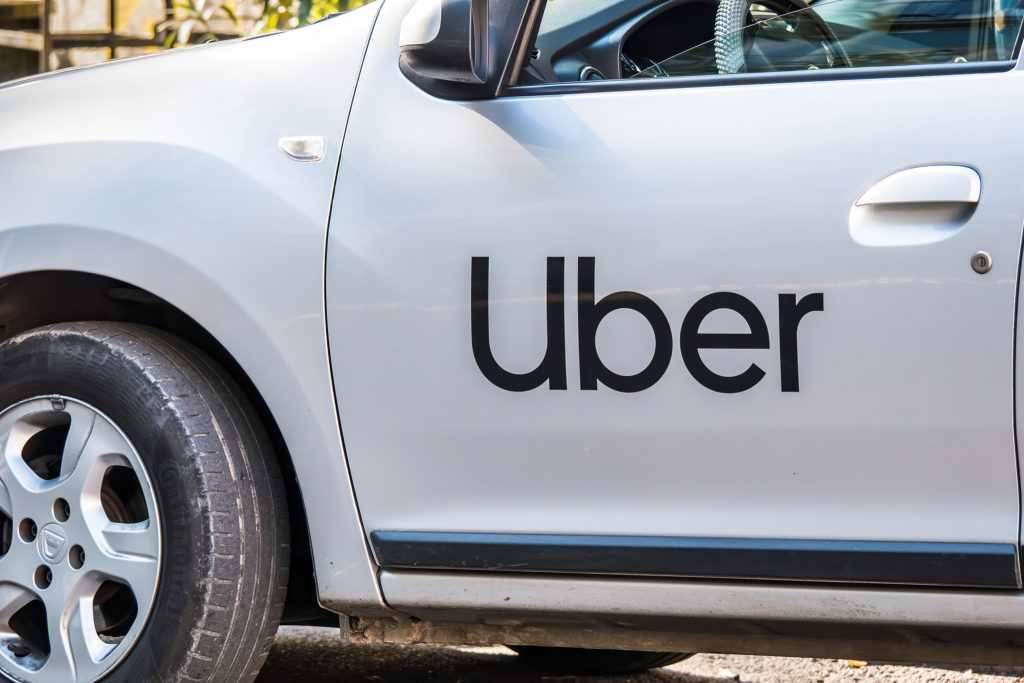
Uber
Uber has been a global trailblazer in the rideshare industry since its inception in 2009. Powered by a widely accessible app, Uber is the ultimate ride-hailing option, whether you need to run an errand, get to the airport, or pick up last-minute groceries.
Pros:
- Easy booking
- Door-to-door pickup
- Variety of vehicle options
- Easy payment via the app (no need for cash)
- Thorough driver background checks and rating systems for rider safety
- Competitive pricing
- Allows riders to share details and split ride costs with others
Cons:
- Surge pricing during rush hour and peak traffic
- Controversial labor practices for drivers
Of note: In addition to rideshare services, Uber also offers food delivery, package delivery, and car rental options.
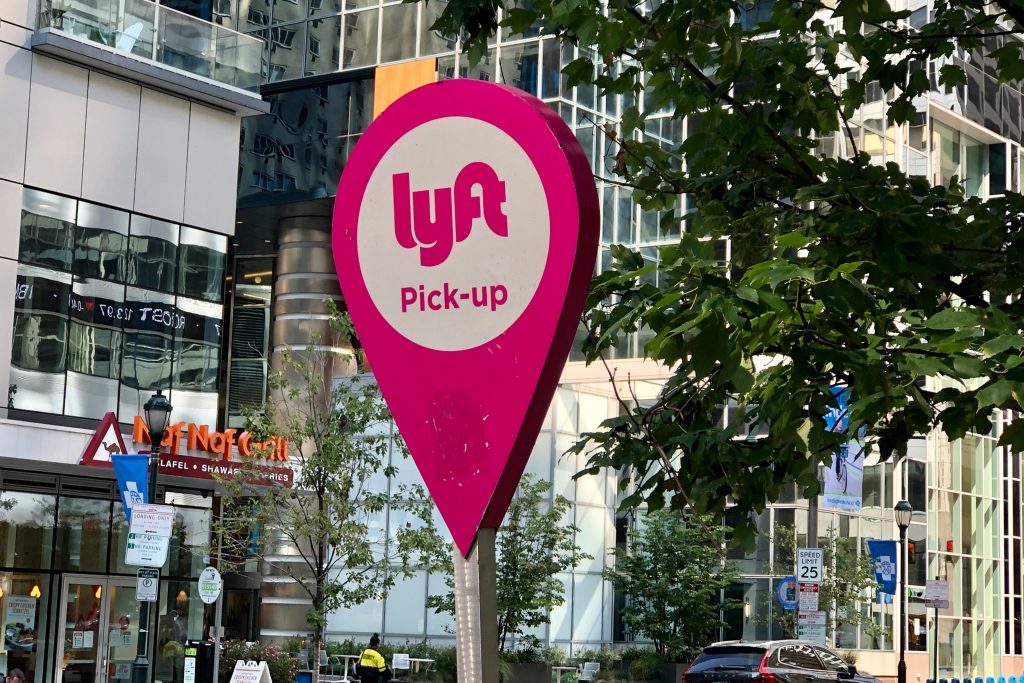
Lyft
Lyft is a popular rideshare company that connects riders with drivers through a mobile app. Much like Uber, Lyft offers on-demand, scheduled ahead, late-night, or morning commute routes for a competitive price.
Pros:
- Easy booking
- Door-to-door pickup
- Variety of vehicle options
- Easy payment via the app (no need for cash)
- Widely accessible
- Thorough driver background checks and rating systems for rider safety
- Allows you to share ride details with others
Cons:
- Only allows you to split ride cost through Venmo
Of note: Along with car services, Lyft allows users to book bikes and scooters.
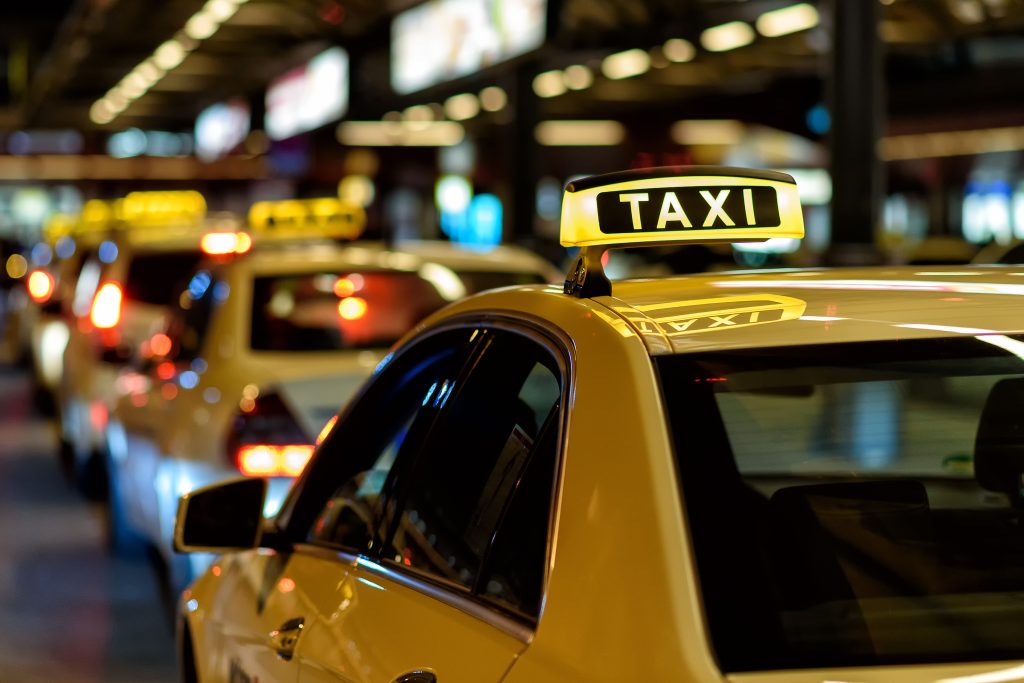
Curb
After the rideshare boom, Curb entered the chat. The app directly connects riders with professional taxi drivers in major cities, getting you from point A to point B.
Pros:
- Easy booking
- Door-to-door pickup
- Lower fares
- Only connects riders with licensed taxi drivers who are subject to strict regulations
- Thorough driver background checks and rating systems for rider safety
- Payment can be made via cash, credit card, or through the app
Cons:
- Only available in select U.S. cities
- Longer wait times than Uber and Lyft
- May not be available 24/7
Of note: Since Curb operates exclusively through taxi drivers, rideshare services may be less accessible in rural areas.
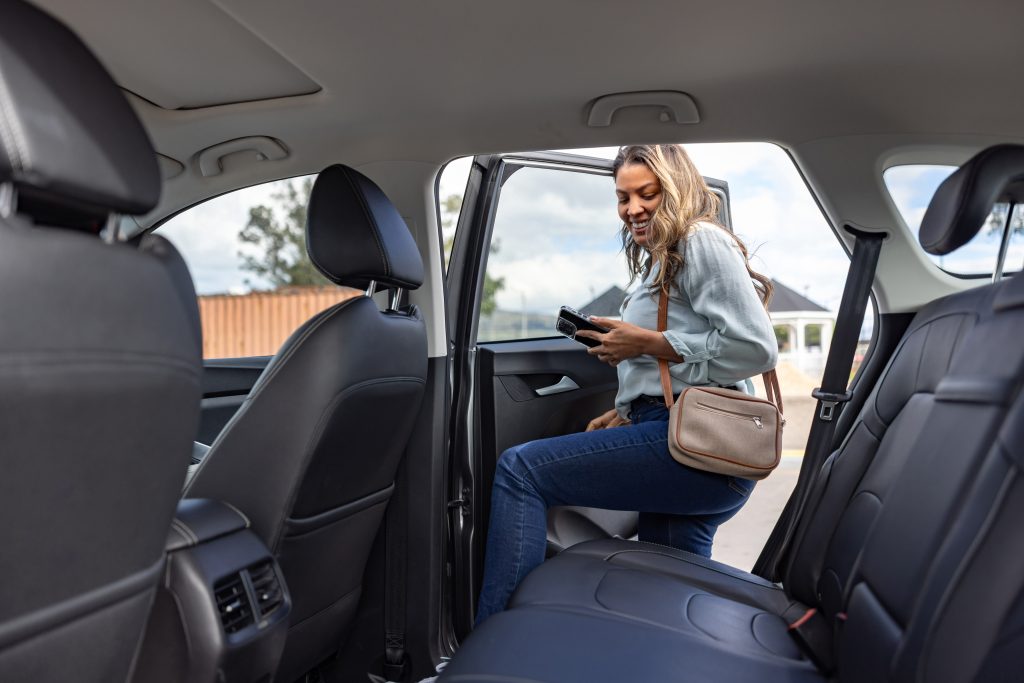
Via
Via is a commuter rideshare service that connects passengers with drivers in a shared setting. Similar to public transportation, Via books rides and matches passengers headed in the same direction.
Pros:
- Easy booking
- Lower fares
- Typically utilizes fixed pricing dependent on distance, time, and demand
- Sustainable
- Offers accessibility features like wheelchair access
- Thorough driver background checks
Cons:
- Private rides are not typically available
- Shared rides are not ideal in all situations
- Longer wait times
- Limited availability in rural areas and longer routes
- May not be available 24/7
Of note: Via is designed for shared rides, so it’s more of a public transit service than an on-demand rideshare equivalent (such as Uber or Lyft).
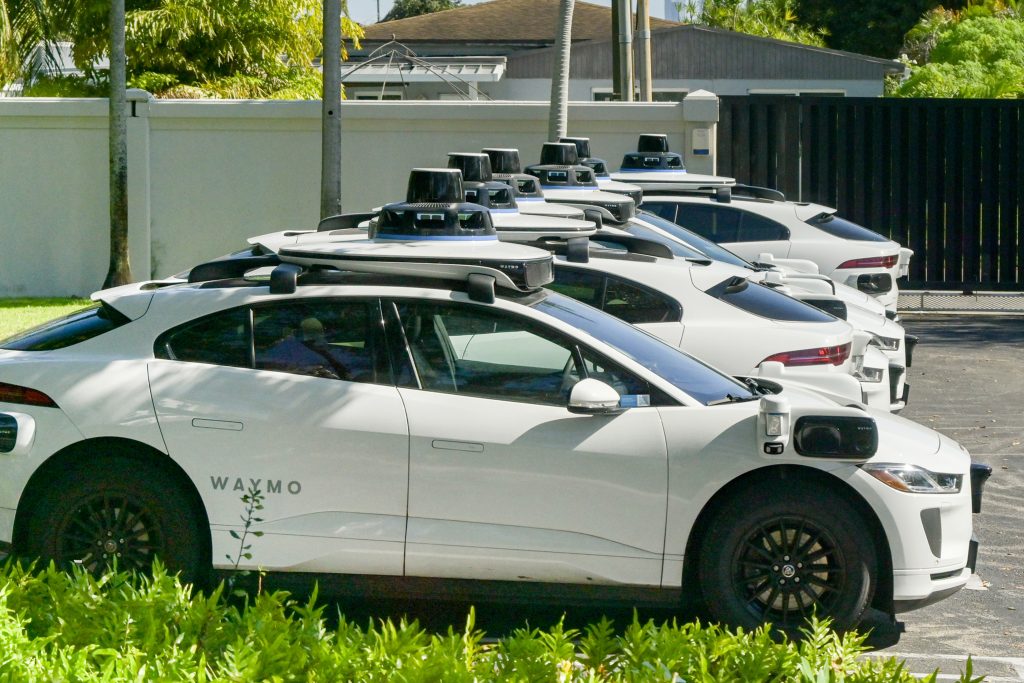
Waymo
Waymo is one of the first rideshare companies to offer publicly available autonomous vehicles, meaning they operate without human drivers. The cars operate on artificial intelligence and a suite of sensors, cameras, and radars.
Pros:
- Optimizes efficient routes to reduce traffic
- Fewer distractions since self-driving cars are not subject to cellphone use
- Sustainable since Waymo only uses electric vehicles
- Reliable
- Easy booking
- Door-to-door pickup
- Incredibly safe due to fewer accidents and errors
Cons:
- May be susceptible to cyberattacks
- Technology may malfunction
- More expensive than traditional rideshare apps
- Cleaning fees may apply
- Limited availability
- Longer wait times
- Must be 18 or older to ride alone
- Capacity limited to four passengers
Of note: Studies prove self-driving cars to be incredibly safe, so you should never touch or interact with the steering wheel or pedals.
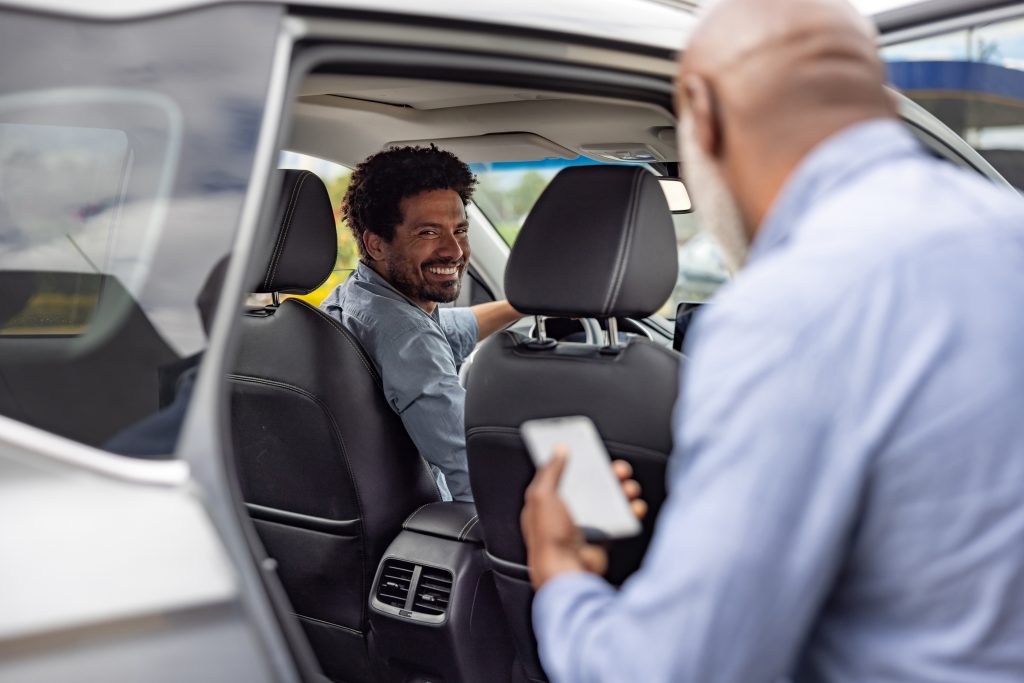
Rideshare Safety
Like most things in life, stay vigilant when using a rideshare service. All drivers undergo background checks, but always verify the driver and vehicle details before entering to ensure you’re getting in the correct car. It’s also beneficial to share your trip with a close contact, sit in the back seat, wear your seat belt, and trust your instincts.
In the event of an emergency, most rideshare apps offer an emergency button. Alternatively, you can call 911. Commercial insurance is typically activated by the rideshare company while on a trip. That said, coverage varies on the plan, situation, and claim, so always specify directly with your provider.
Want to learn more about self-driving cars? Here are a few ways they’re changing our roads.
© 2025 Texas Farm Bureau Insurance



